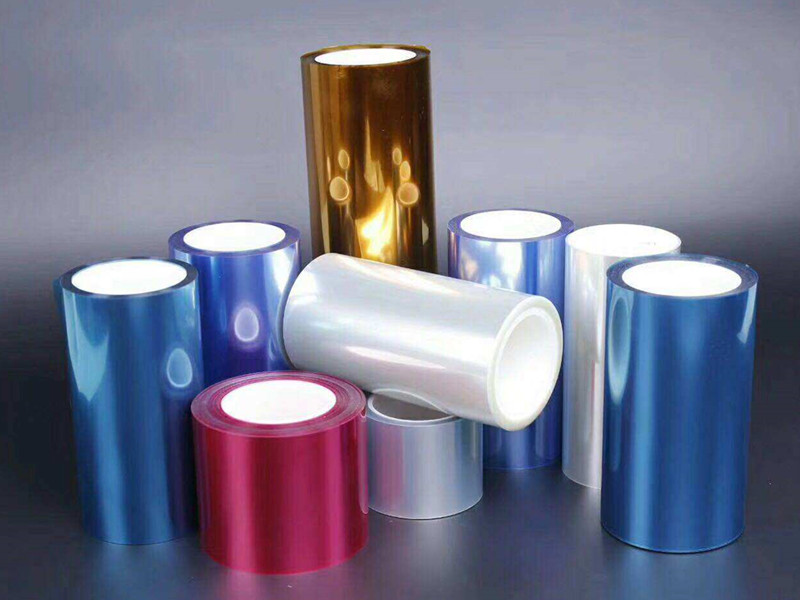
PET protective film has a relatively hard texture and is a common protective film on the market. It can be applied to the surface of many products. Such as metal products, coated metal products, plastic products, automotive products, digital products.
The main function of the PET protective film is to prevent scratches and corrosion on the surface of the product during production and transportation. Compared with PVC protective film, PET protective film does not turn yellow, oily, and can be recycled.
In this article, we help you sort out the problems that PET protective film will encounter.
PET Protective Film Degumming
Usually, when we tear off the protective film, the adhesive of the protective film will stick to the protective film. But there are also times when the adhesive is left on the surface of the product. When the PET protective film is used on the profile, the problem of degumming often occurs.
There are many reasons for the degumming of PET protective film, the most common is that the lamination does not meet the requirements. For example, the viscosity of the glue is too high, which makes it difficult for the PET protective film to be detached from the product.
It is more troublesome to encounter the problem of degumming. We can use a clean cloth dipped in a small amount of alcohol, and then wipe the degummed area repeatedly. Pay attention during the wiping process to avoid affecting the finish of the product surface.
The PET Protective Film Is Not Firmly Attached to The Product and Falls Off
In the process of transportation and use, the peeling off of the PET protective film is a problem we often encounter. When encountering this problem, we can consider it from two aspects:
The pressure of the molding machine used by the user in the upper mold is not enough;
The surface of the product is not clean, and there are foreign objects such as dust, which affect the bonding effect.
If the pressure is not enough, you can test it and increase the pressure of the film.
If there is foreign matter on the surface of the product, you can use a clean cloth with a small amount of alcohol to wipe it several times.
After applying the protective film, observe whether there are air bubbles between the protective film and the product.
PET Protective Film and Products Are Not Easy to Peel Off
There are two situations in which the PET protective film is not easy to peel off. One is that the protective film is difficult to tear off, and the other is that it breaks during the peeling process.
If the protective film is difficult to peel off from the product, the biggest possibility is that the adhesive used to produce the PET protective film is too sticky. PET protective film should use special photosensitive adhesive for protective film.
If there is a break during the peeling process, we can consider that the material used in the PET protective film cannot withstand the pulling force during peeling. This situation is very troublesome for users, and it is very troublesome to deal with. When cleaning, you can refer to the solution to the degumming problem.
The Corners of The PET Protective Film Will Wrinkle
In some cases, the corners of the PET protective film will wrinkle after being used for a period of time. In this case, it can be considered that the stretching force of the protective film is too large in the process of pasting with the protected product. Then unwanted shrinkage occurred.
Although PET film has strong weather resistance. However, in the process of using the PET protective film, we still have to pay attention to the influence of the environmental temperature difference on the protective film. If you apply too much force during the gluing process, it will cause the surface to stretch too much.
Many of the problems with PET protective film are because the quality of PET protective film does not meet the requirements. If you are a purchaser, you need to learn to identify PET protective film and choose high-quality protective film to protect product quality.